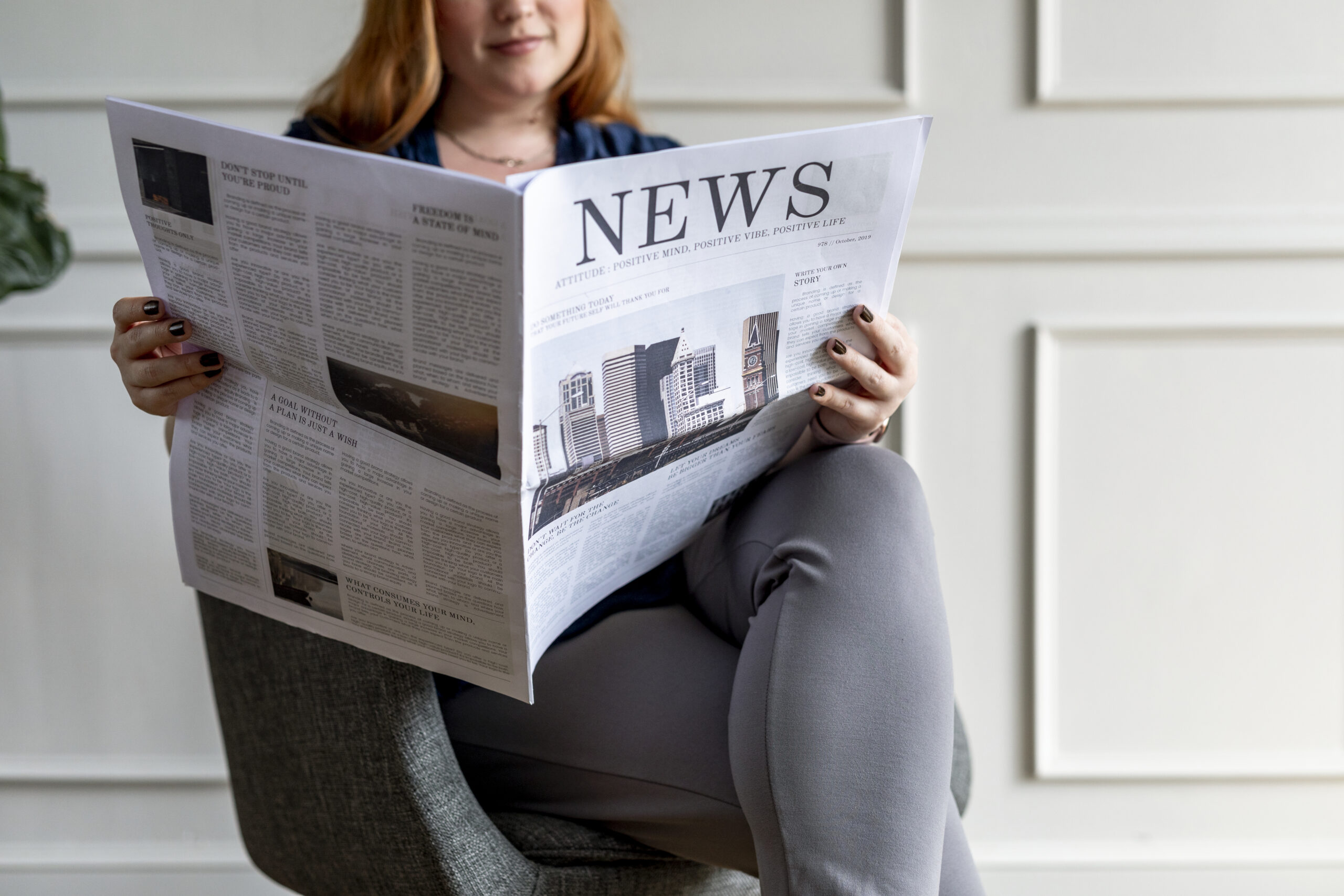CHICAGO – The concept of an “Instagram-ready home” has emerged as a significant trend, reflecting a growing desire among homeowners to create spaces that are not just functional but aesthetically pleasing and primed to share with the world. But Instagram-ready homes are presenting challenges—and opportunities—for architects and builders. They’re finding they must balance aspirational beauty and home experience design—spaces that not only captivate an online audience but also nurture the well-being of those who live in them.
To pull this off requires a thoughtful integration of comfort, functionality and emotional appeal so that the home is as fulfilling in real-life as it is on social media.
Understanding the Instagram aesthetic
So, what exactly is an Instagram-ready home? Well, it is one where rooms photograph well to show off on social media. On the surface, that may seem simple enough, but this requires a deep understanding of lighting, composition and the interplay between technology and aesthetics. Architects and builders are now being forced to think like photographers and social media influencers, envisioning how each room will translate into a compelling image or video.
To create truly Instagram-worthy spaces, professionals must start with a solid foundation of design principles. Clean lines, balanced proportions and a cohesive color palette also are essential. However, it’s the thoughtful incorporation of unique elements that will make a space stand out on social media. This could include statement architectural features, such as dramatic staircases or floor-to-ceiling windows, and carefully curated design elements, like custom artwork or unique furniture pieces.
The role of technology in creating Instagram-ready homes
As with many homes today, technology also plays an important role in creating versatile, photogenic spaces. For example, mechanical window shades and tunable lighting systems offer the ability to set different moods and environments within each room, allowing for a variety of aesthetics to be captured and shared. These features not only improve the visual appeal of a space but also provide practical benefits in terms of energy efficiency and comfort, supporting the broader goals of an intuitive home design.
However, these technologies must be hidden from plain view to accommodate the Instagram-ready design and purpose. Televisions that emerge from custom cabinetry or appear as paintings when not in use can help maintain a clean, uncluttered look while still providing real-life entertainment options.
Smart glass that can switch from transparent to opaque at the touch of a button or whisper of a voice command offers privacy and visual interest, perfect for creating Instagram stories or reels, while also enhancing the overall home experience.
Balancing form and function
While the goal of creating Instagram-ready spaces is to produce visually stunning environments, functionality of spaces can’t be sacrificed. The challenge for architects and builders lies in creating seamless luxury and modern residential experiences that help homeowners live in harmony with their homes while enabling them to showcase this harmony to the outer world. This means considering how rooms will be used in real life, not just how they will appear in photographs.
For example, an all-white kitchen may look stunning on social media, but it may not be practical for a family with young children. Similarly, open concept living spaces are popular on Instagram but may not suit homeowners who value privacy or separate areas for different activities.
The impact on design process
The rise of Instagram-ready homes has significantly impacted the design and construction process. Architects and builders must now consider how natural and artificial light will interact with spaces throughout the day, ensuring that rooms are photogenic at all times. This may involve strategic placement of windows, the use of reflective surfaces or the incorporation of lighting fixtures that can be easily adjusted for optimal photo opportunities. Certain textures and colors may look different on camera than they do in person, requiring careful consideration and testing during the design phase.
Instagram-ready homes present both challenges and opportunities for the architecture and construction industries. By embracing this trend, professionals can create spaces that are not only visually stunning but also functional, comfortable and truly reflective of the homeowner’s lifestyle. The key lies in striking a balance between the desire for shareable, aesthetically pleasing spaces and the fundamental principles of good design that have always been at the heart of architecture and home building.
© 2025 National Association of Realtors® (NAR)


